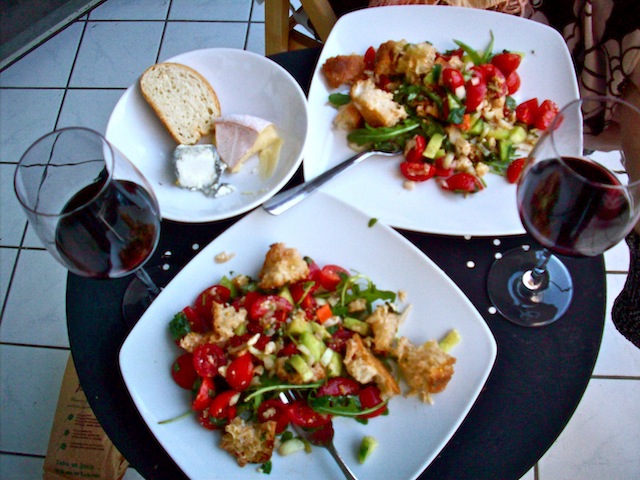
So you know that you swirl it in the glass with your pinkie finger pompously thrust out from your hand. And you know that you’ve got to take a long, slow whiff before sipping just the smallest bit and swishing it over your tongue. And you know that all this must be done with an impeccably smooth frown. But what exactly is it that you’re looking for when you taste a good wine? What do things like “vintage” or “tannins” mean – and how does that affect what you taste?
I’d like to explore what makes one wine different from another and what distinguishes a good wine from a bad one. Below, you’ll find some basic principles and vocabulary words which will be useful when further discussing wine.
What is wine?
Wine is fermented grape juice. In the process of fermentation, the sugar in the juice of crushed grapes is converted to alcohol, producing wine.
Ok. That was easy. Next question.
What is good wine?
Good wine is the result of different factors including soil, grapes (many wines are a mix of different varieties of grape), climate, and vineyard care. Not all wine grows better with age. Unlike a vintage store, where the older the ugly sequined dress the more expensive, vintage in the wine world simply denotes when the grapes were picked and the wine made.
How do I tell whether it’s good wine?
The process for determining the quality of a wine is as simple as look, smell, taste.
When you look at a wine, look for color and clarity. Hold the wine up to a white surface and check its color. Red wines can run the gamut from brick, ruby, purplish, or brownish, while white can be pale yellow, almost clear, or deep amber. Now check the wine’s opacity. » Continue reading this post...